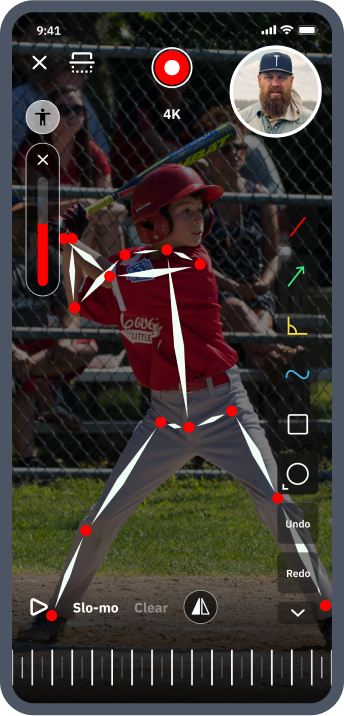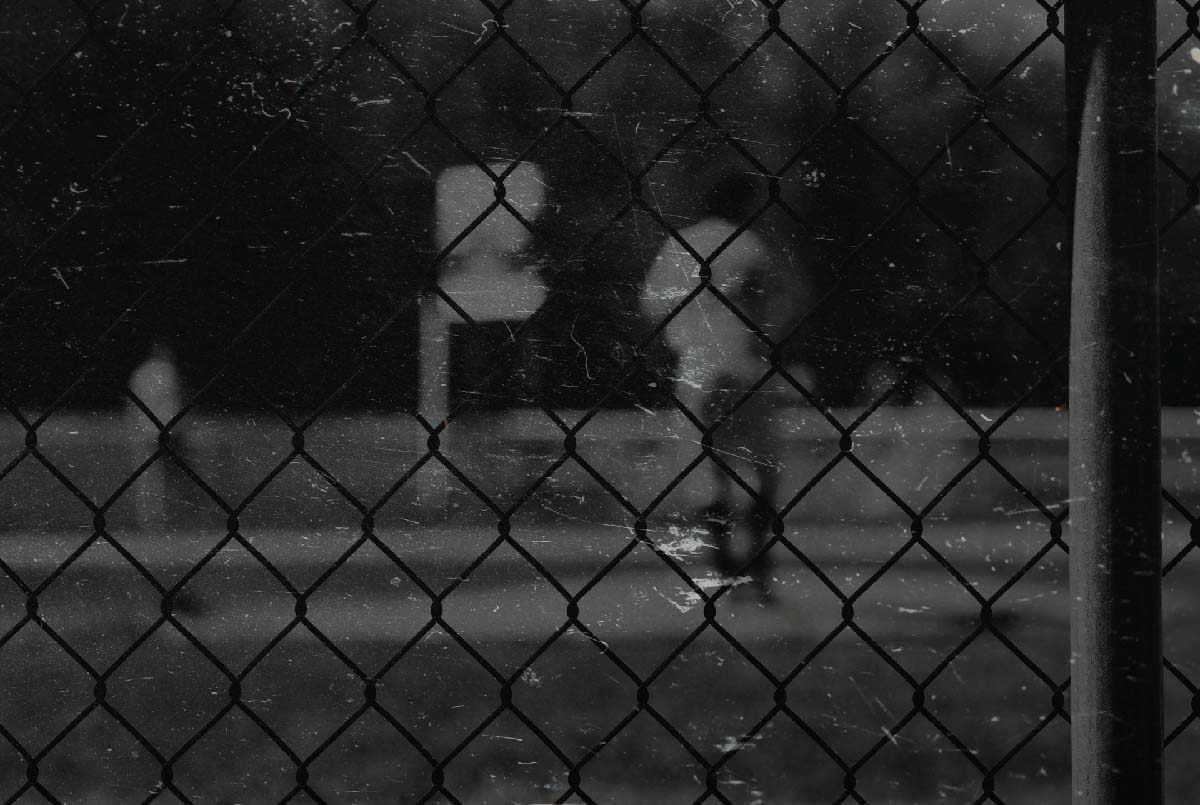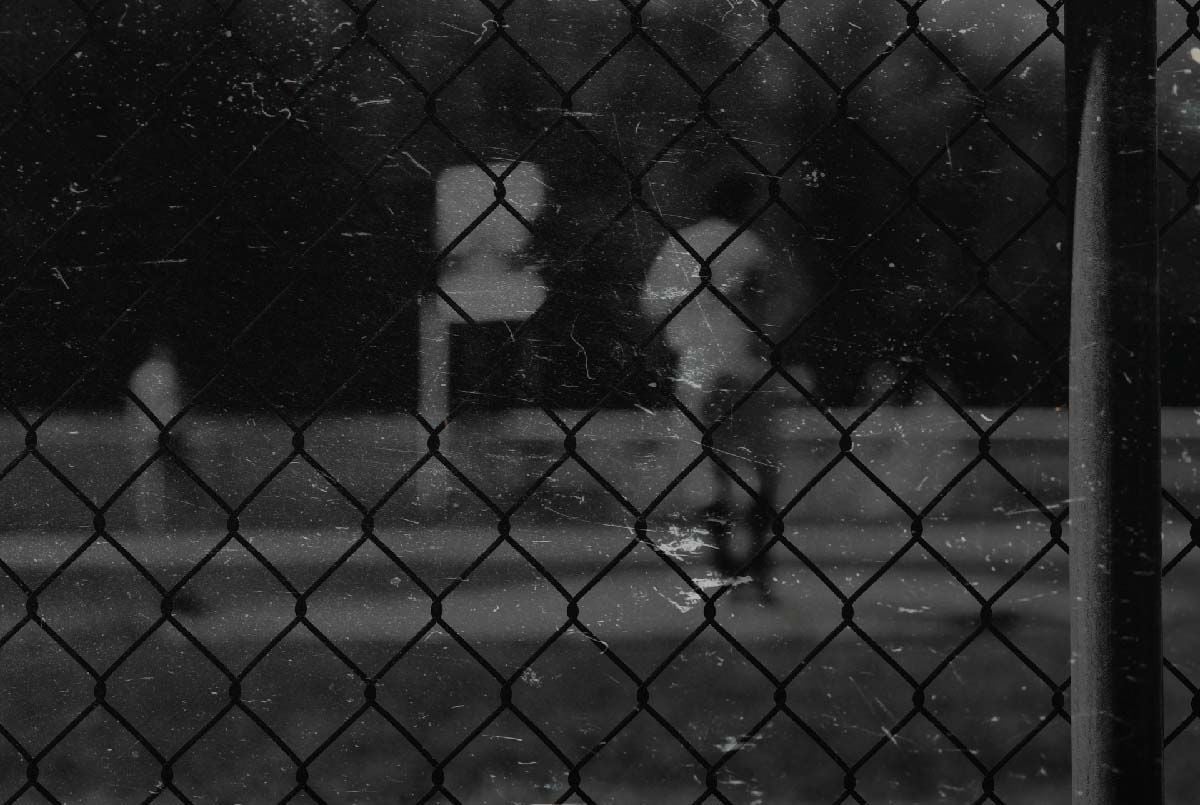How Far is the Mound in Fastpitch Softball: The Definitive Guide for All Levels

In fastpitch softball, there are official rules regarding the dimensions of the field and size of the ball.
These measurements change as players get older, to accommodate for their growing strength and the higher level of competition.
As a parent, not knowing these rules can lead to unpleasant surprises when your child moves up to the next age bracket.
So it’s essential to know what changes and when, so your fastpitch softball player can train and adapt accordingly.
One of the most important distance changes in fastpitch softball is the distance to the pitching mound.
When chatting about the game, many fastpitch softball coaches have repeated the mantra “Pitching is everything” for decades.
And in many ways, team success in competitive fastpitch does rest more heavily on the chalk-encircled shoulders of its hurlers.
These distance changes can affect more than just pitchers, as batters and infielders entering each new level certainly have some adjusting to do as well.
But, for pitchers, a few feet closer or further away from home plate can have a huge impact on pitch velocity and accuracy – two of the most important factors for in-game outcomes.
To help you keep all of your softball mound distances straight, this definitive guide will cover the following:
- Fastpitch softball pitching distance by age
- The rules behind mound distances and other dimensions
- Mound distance for other variations of softball and baseball
But, here’s a little TL;DL cheat sheet to get you started.

How Far the Mound is in Fastpitch Softball for USSSA, NSA, PONY, NFHS, & ASA – Broken Down By Age and Division
6U Softball
For athletes aged 6 and under, depending on the organization, coaches pitch, or the players just hit off a tee.
The USSSA official rules recommend a pitching distance of 35 feet for coach pitch divisions.
Other 6U organizations across the country may reflect this 35 feet, though some just require the coach-pitcher to be a “safe distance” from the batter they’re tossing to. And this vague language means that coaches can sort of stand where they want.
Even when there is a coach-pitcher, the defense still places a player in the pitcher position for fielding the ball.
The coach-pitcher isn’t allowed to interfere once the ball is put into play. And at this age, the ball is 11 inches in diameter.
8U Softball
Some recreational 8U leagues are still coach-pitch, but players no longer hit off a tee.
For travel ball, the pitching mound distance is between 30 to 35 feet, depending on the organization, and the ball is 11 inches.
That said, 30 feet is the most common distance for 8U kid pitching.
Most changes from 8U to 6U apply to other parts of the game, like the number of players allowed on the field, the number of chances batters have to put the ball in play, etc.

10U Softball
At 10U, rules and distances become more regular across leagues, especially in travel softball.
Coach-pitchers are no longer permitted, and pitchers throw from 35 feet. The ball is still 11 inches.
Some recreational leagues might still allow coach pitch or pitching machine options as a supplement to their live pitchers facing live batters often for the first time.
ASA rules also place limits on the number of innings 10U pitchers can pitch, to keep them from getting overworked. The limit is typically four innings per six-inning game.
12U Softball
In USSA leagues, pitching distance is moved from 35 feet to 40 feet in 12U.
Girls at this age also transition to a full-sized softball, with a 12-inch diameter. Pitchers may still have inning limits in certain organizations – typically no more than four innings per seven-inning game.
At 10U, games are only six innings, but starting in 12U, they’re the full seven.
At this age, pitchers start to get a better feel for the art form, with some girls beginning to specialize in the position.

14U Softball
The switch from 12U to 14U is one of the biggest jumps a pitcher will make in her young career.
She’ll now move to 43 feet in 14U, which is the furthest pitching distance for fastpitch softball at any level.
You might notice the five-foot jump between 10U and 12U and consider that a bigger deal. But the level of competition increases significantly once you get to travel 14U divisions, making this transition that much more challenging.
The best way to get your pitcher ready for the three-foot change is to practice pitching at 43 feet while she’s still in 12U. This will help her get used to the distance by the time she makes it to 14U.
Unlock your ballplayer’s full potential
Find the perfect vetted coach to build a solid foundation or take your player's skills to new heights.
Download the free app

16U Softball
16U travel softball still uses a 43-foot pitching distance and 12-inch ball.
By 16U, only serious pitchers remain in the position. 14U does a good job of weeding out the girls who just aren’t as committed to pitching.
By the time players are at 16U, they should be participating in strength and conditioning programs, whether independently on their own or through their high school program.
Such programs allow athletes to develop more power and explosivity, which translates into more velocity and movement on their pitches.
Another big difference between 14U and 16U pitchers is softball IQ.
At 16U, many pitchers have developed their core off-speed, up, down, left, or right pitches and begin mastering control.
This development leaves room for pitchers to start cultivating their mental game and learning how to pitch “smart” to batters.

18U Softball
18U is the highest age level for competitive, Junior Olympic eligible softball.
After this age bracket, players are considered adults. Having spent the last 3-4 years throwing from 43 feet, pitchers at 18U are highly skilled.
Many 18U players, particularly at the 18 Gold level of competition, are destined for collegiate fastpitch softball.

High School Softball
High school softball follows the rules of the National Federation of State High School Associations (NFHS), which closely resemble the regulations of the USSSA.
Since pitchers in high school are above age 14, they all pitch at 43 feet.

College Softball
At the collegiate level, fastpitch softball largely falls under NCAA jurisdiction.
Each division of the NCAA uses 43 feet as the pitching distance. The National Association of Intercollegiate Athletics, AKA NAIA, also uses 43 feet.

Professional and Olympic Softball
For women, the pitching distance remains unchanged if they play professional fastpitch softball – 43 feet. The Olympic fastpitch softball team also throws from 43 feet.
The Changing History of Softball Mound Distances
The pitching distances in fastpitch softball haven’t always been the same as today.
The biggest change in recent years was the 2011 switch from 40 feet to 43 feet for players over age 13.
Up until then, the furthest high school pitchers stood from home plate was 40 feet.
The NFHS voted to change the distance to 43 feet in 2009 and implemented the change in the 2010-11 school year.
This same distance change at the collegiate level, however, preceded the NFHS decision by two decades.
In 1988, the NCAA changed fastpitch softball pitching distance from 40 to 43 feet. And the rubber was moved back to 43 feet for the first time at the Olympics in 2004.
The NFHS rule was adopted in part to bring high school softball more in line with college softball.

How to Measure the Mound Distance in Fastpitch Softball
The distance between home plate and the pitching rubber should be precisely measured for the game to be in regulation.
The distance between the backmost corner of home plate to the front edge of the pitching rubber should be exactly 43 (or 40, or 35) feet exactly.
The rubber itself is 24 inches long by 6 inches wide. And the circle around the pitching rubber should have a radius of 8 feet, extending from the center of the rubber.
It’s important to get these and other measurements as close to standard as possible, so no one player has an advantage over another.
For pitchers, practicing in conditions that resemble game regulations is ideal.
They can acclimate themselves to the proper distance as well as the proper size of the mound. Even the slightest change, like a narrower rubber, can throw a pitcher’s windup off.

Slow Pitch, Men’s Fastpitch, and Baseball Mound Distances
Professional men’s fastpitch is also worth mentioning here. Officially, boys can play fastpitch softball from the same age that girls can.
But boys move up to 40 feet by 8U, and to 46 feet by 14U. The men’s fastpitch pitching distance stays at 46 feet after that.
Just like for women, men pitch from the same distance from the time they’re 13 years old onward.
Also worth noting is that slow pitch softball distances are not the same as fastpitch, either.
For men’s and women’s slow pitch ASA softball, the distance is 50 feet. For younger players, the slow pitch distance is shorter; however, it’s almost always further than for fastpitch.
The slow arc of the pitch needs more distance to cross the batter’s box at the appropriate spot.
Finally, there’s the mound distance difference between fastpitch softball and baseball.
The two sports are frequently compared, although some key differences affect gameplay.
One of these differences is the pitching distance, which is greater in baseball.
At the professional, college, and high school level, the distance is 60 feet, six inches.
For Little League, ages 12 and below, it’s 46 feet or less.

Recapping Our Guide on How Far the Mound is in Fastpitch Softball for USSSA, NSA, PONY, NFHS, & ASA
Hopefully, If you’ve ever been confused about fastpitch mound distances, this definitive guide has cleared the details up for you. The essential points to remember are:
- Pitchers throw from 30 feet at 8U, 35 feet at 10U, 40 feet at 12U, and 43 feet at 14U and older
- The softball goes from 11 inches in diameter to 12 inches after 12U
- The toughest transition for a pitcher is typically from 12U to 14U, in which she goes from 40 feet to 43 feet
- Colleges have played with a mound distance at 43 feet for over 20 years, but the rule wasn’t changed in high schools until 2010, and at the Olympics in 2004
- Mound distances vary between girls’ fastpitch, boys’ fastpitch, slow pitch, and baseball
And if you do ever get mixed up again, you can always refer to this handy chart:

About the Author
Courtney Withrow
Professional Writer
Originally from the U.S., Courtney is a Brussels-based freelance writer with a Master’s degree in International Relations. She grew up playing softball and still loves the game.
